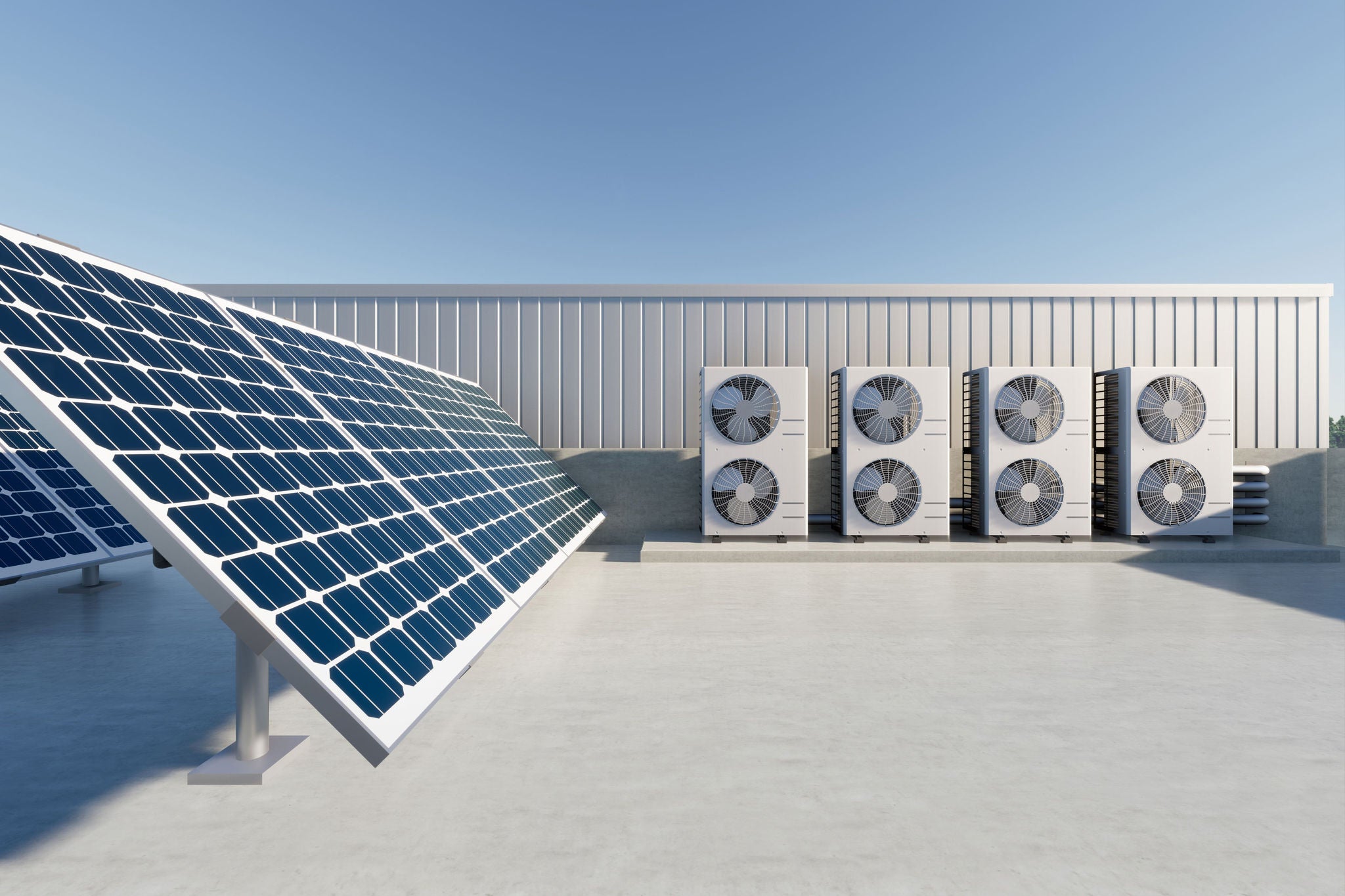Fully electric buildings offer a clear path to decarbonization, but there isn’t a cookie-cutter answer to adoption; property use, building vintage and local market considerations must all be considered. Ramping up to 100% electricity within commercial real estate will require a transitional journey, with no one-size-fits-all model to implementation. The speed of the transition will be impacted by the flow of capital and a delicate balance between stakeholder considerations and project economics. Real estate owners and their stakeholders often have different net zero aspirations, emission reduction targets and interim hurdle dates that they are working toward. The real estate ecosystem is characterized by a highly integrated value chain that makes going fully electric complex, and it will continue to shift and evolve in the years ahead.
Aside from capital and stakeholder considerations, there are several key, practical hurdles to fully electric buildings. One is the equipment required within the building to make full electrification work. Heat pumps require a fair amount of square footage, as well as modules that are fully exposed to the air. As the heating load increases, so does the amount of modules needed. So going fully electric becomes a question of space. And in markets with high development costs, it can be a costly decision to lose income-generating, rentable area.
On the webcast, a case study involving a newly built office building in New York was highlighted; a full electrification strategy on this property would require mechanical, electrical and plumbing (MEP) space equivalent to an entire floor of rentable area, or 4% of leasable space. The question posed was simple, but with complex implications: Is the cost of going green today worth the loss of net rentable income tomorrow, and through the life of your investment?
Another concern is water temperature. For an air source heat pump, the required water temperature of 140 degrees Fahrenheit is not compatible with most existing building stock. One workaround is putting water heating equipment on the roof. At a building in Boston, highlighted on the webcast, this required a doubling of roof area to install a system that would meet the hot water demands of the space. But this isn’t feasible in all properties and markets.
Furthermore, building electrification looks different in different regions, making implementation a highly customized process. In the southern US, where the climate is typically warmer, heating isn’t as much of a concern. But in northern cities, such as New York, Boston and Chicago, reliable heating power is a must. Overall, the variability of the local climate can have a direct impact on the return on investment (ROI) of fully electric buildings.
And more importantly, the considerations of fully electric buildings look different for existing operational properties vs. new development. Retrofitting an existing building for fully electric function vs. constructing a new building that is 100% electricity powered comes with a different set of costs and considerations. Companies are invested in electrification, and, undoubtedly, there will be innovations that those in the real estate sector can consider when evaluating potential electric building strategies.







